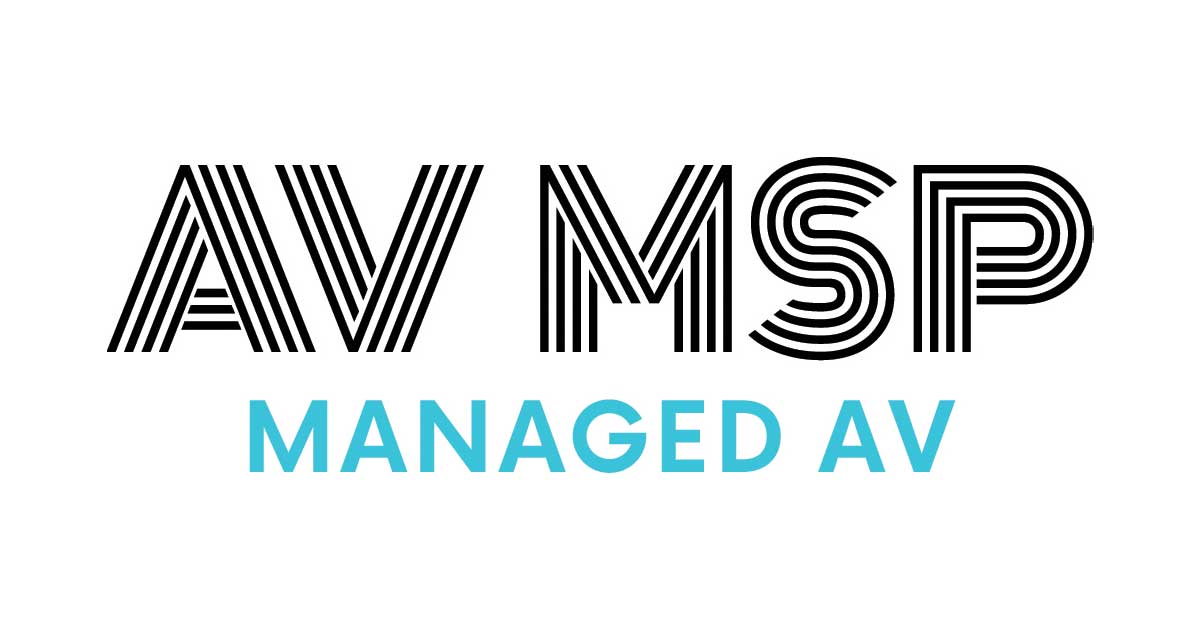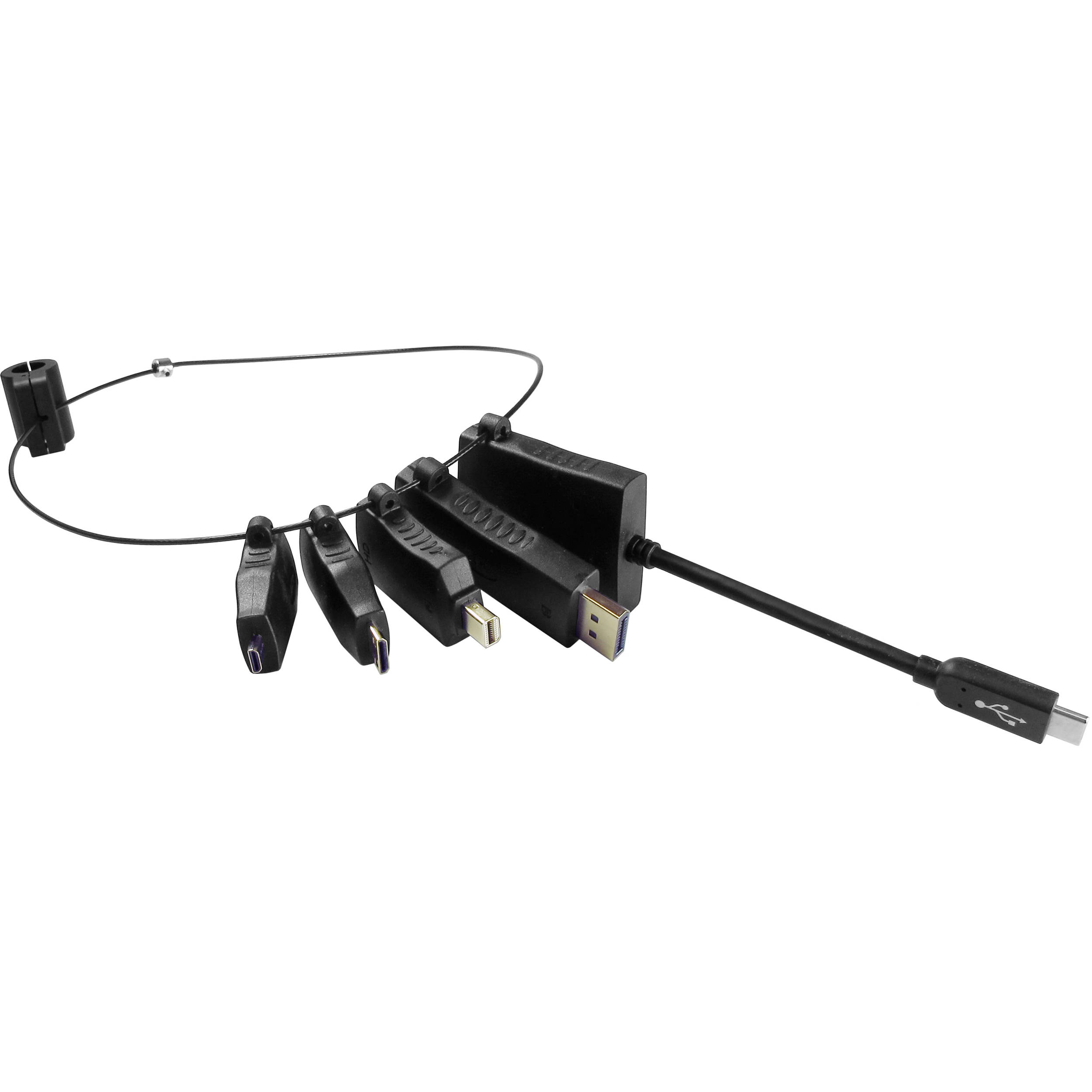Welcome to the July AV MSP newsletter! I know it’s technically mid-to-late-July, but who’s keeping track?
A few upcoming AV MSP Things:
- We are attending BSides Albuquerque, a local security conference. Tickets are still inexpensive and it’s a good networking event. https://bsidesabq.org
- The next AV Service Roundtable will be on July 31st, 2025 at 12PM Eastern Time. We will be doing a recap of InfoComm, in case you missed anything! You can sign up here: https://events.teams.microsoft.com/event/6c2235f4-959c-4a9c-86cc-5d7cf4b3e12b@c488692e-4c20-4c29-9db1-1f2c1084271c
The Main Story
We mostly talk about security, processes around support, and other fun (boring) topics. We also do design work and are part of our customers’ decisions about what hardware to install, how to configure rooms, and have input on user interfaces. Let’s talk about the importance of good user experiences when it comes to physical interfaces. We in the tech industry tend to forget that we are designing for people who have a wide range of technical capabilities. These people are also heavily influenced and taught by the consumer technology they use when they’re not at work.
There’s this idea amongst users of the “magic connector.” We’re not sure if they call it that, but it’s what it seems like it does. This is also known as “plug and play.” Back in the day, a VGA connector got you onto the projection screen in the room. Plugging in HDMI gets you the same result. A network jack tends to give you some access to the internet if you have a spot for it. There are non-physical versions as well: connecting to Bluetooth has the expectation that you’ll either get some kind of control or be able to stream audio, depending on the devices.
The newest and supposedly easiest new magic connector is USB-C. It should give you video and audio, be able to give you some kind of peripheral like a camera, charge your devices, and sometimes even have network connectivity. This is born out of it being the now default on almost all new consumer electronics devices, at least those with some compute in them. Docking stations no longer use some weird port on the bottom to seat into a custom dock for it, they have a USB-C cable and you’re good.

What’s the expectation then for a user walking into a conference room? They’re going to look for something that’s familiar. Maybe you have training for them, but who has time to remember that. Something at the table is getting plugged into some port on the laptop. For a long time, we’ve specified HDMI plus USB-A with a weird ring of adapters. We expected that users would know that for BYOD type rooms, HDMI is the video out, the USB is everything else. Some rooms now have these plus a USB-C connector. What now? Do you plug them all in? More is better!
We propose that it’s time to phase out the HDMI/USB combo. Sufficient technology exists now to be able to extend USB-C with DisplayPort Alt Mode (DPA) from any table to any system or display. There are still older devices that don’t support USB-C/DPA, but that’s becoming vanishingly rare, and those edge cases can be dealt with individually. Users know what to expect from a USB-C and will be quicker to figure out that kind of system vs one that presents a lot of options.
There are some questions to ask even in deploying USB-C connections for your system:
- Do all users have USB-C? While it’s rare, you may be that one special instance where devices just do not have them and this won’t work.
- Are there confusing USB-C ports on laptops? For instance, some are charging only, some data only, others have DPA.
- Will the network connection on the USB-C cause issues when switching from wireless to wired?
- Is power adequate to charge most devices (60W, 100W, etc)?
These points might present some challenges, but we’d argue that this is a much narrower set of questions to ask than putting in multiple cables.
Why do this?
Back to the original topic, user experience. While we can spend time perfecting a touch panel interface, most users would prefer not to have to touch them at all. Plug in a cable, the system comes on, and we’re ready to have a meeting. More options are not always what people want. That’s why the old TV remotes use to have a small set of buttons and then all the “advanced” options hidden under a slide away cover.
Another thing we like to do is test our theories. Set up a room with just USB-C and ask users to interact with it without any guide. Ask them to compare the existing AV rooms. Time them and see how long it takes to figure it out. Some user groups will be set in their ways and will reject any change, even if it will ultimately be easier. But most want tech to be simpler.
The inspiration for this topic came from our customers. Looking at support tickets, the root causes, and resolutions is another way to get ideas on how to change things up.
Homework!
Figure out your roadmap for USB-C. Find out if all user devices support DPA over USB-C. See where the future lies for BYOD-type rooms. Make sure you understand the technology. Lightware often has classes on how USB-C works; they’re worth taking.
Good luck making a better room for your customers!
A Word About AI
We wrote about AI waaaay back in 2022 (https://av-msp.com/av-and-artificial-intelligence/), when our newsletters were as rare as newsletters that didn’t mention AI. While large language models have improved, so have their risks. Google was hit with a prompt injection attack just recently: https://www.techspot.com/news/108671-google-gemini-vulnerable-stupidly-easy-prompt-injection-attack.html. At the same time, you have leaders in LLM AI insisting we roll full steam ahead with introducing these technologies to all aspects of life, from your personal products to the government and how it serves you. https://www.theguardian.com/technology/2025/jul/22/openai-sam-altman-congress-ai-jobs
You probably wonder where we fall on this. Currently, we are removing Copilot from our environment, trying desperately to turn it off as it’s turned on in 30 different places. We do not use Google products currently, and we are working on an AI usage policy. The current policy right now is “Don’t.” At this time, we are not confident that AI tools left to root around our organization for more training data will not end up exposing our corporate and customers’ data to the learning models. Clearly, given the Gemini debacle, AI tool makers are not accounting for how hackers can use them to get into our data. Until we see clear direction that there is a security-first approach to developing and deploying the tech, we cannot in good conscience use it.
This may make us slower as a company, but we have a commitment to protecting our employees and customers. While Sam Altman may feel that LLMs are ready to take over everyone’s jobs, he also has an extremely biased viewpoint that we don’t believe can be taken at face value.
If you’re looking for example policies, a reddit user has created a site that tracks regulations and also contains a library of AI policy documents: https://www.techieray.com/GlobalAIRegulationTracker
News and Links
Hall Industries has purchased Atlona. https://www.avinteractive.com/news/business/hall-technologies-buys-substantially-all-the-assets-of-atlona-01-07-2025/
Lakera has made an interesting game to teach you how to prompt engineer so you can bypass security guardrails. https://gandalf.lakera.ai
DefCon is happening very soon and you can watch nearly every talk online for free. Here is a great one by Andrew Bellini on how to hack IoT devices: https://media.defcon.org/DEF%20CON%2032/DEF%20CON%2032%20villages/DEF%20CON%2032%20-%20IoT%20Village%20-%20Anyone%20can%20hack%20IoT%20-%20a%20Beginner%E2%80%99s%20Guide%20to%20Hacking%20Your%20First%20IoT%20Device%20-%20Andrew%20Bellini.mp4
The Marketing
Thanks for reading, here’s the ads. We are AV MSP. We provide audio visual managed services directly to corporations, universities, and other organizations with large AV environments. We also provide services in collaboration with AV integrators and IT MSPs. All of this is done with modern ITSM software and standards. If you’re looking to elevate your services in the new year, please reach out to us at sales@av-msp.com to chat. You can also follow us on LinkedIn at https://www.linkedin.com/company/av-msp/, on Bluesky at https://bsky.app/profile/av-msp.com, and of course on our website at https://av-msp.com.

Like this newsletter and want to get them delivered to your mailbox whenever we bother to write one? Sign up below.

